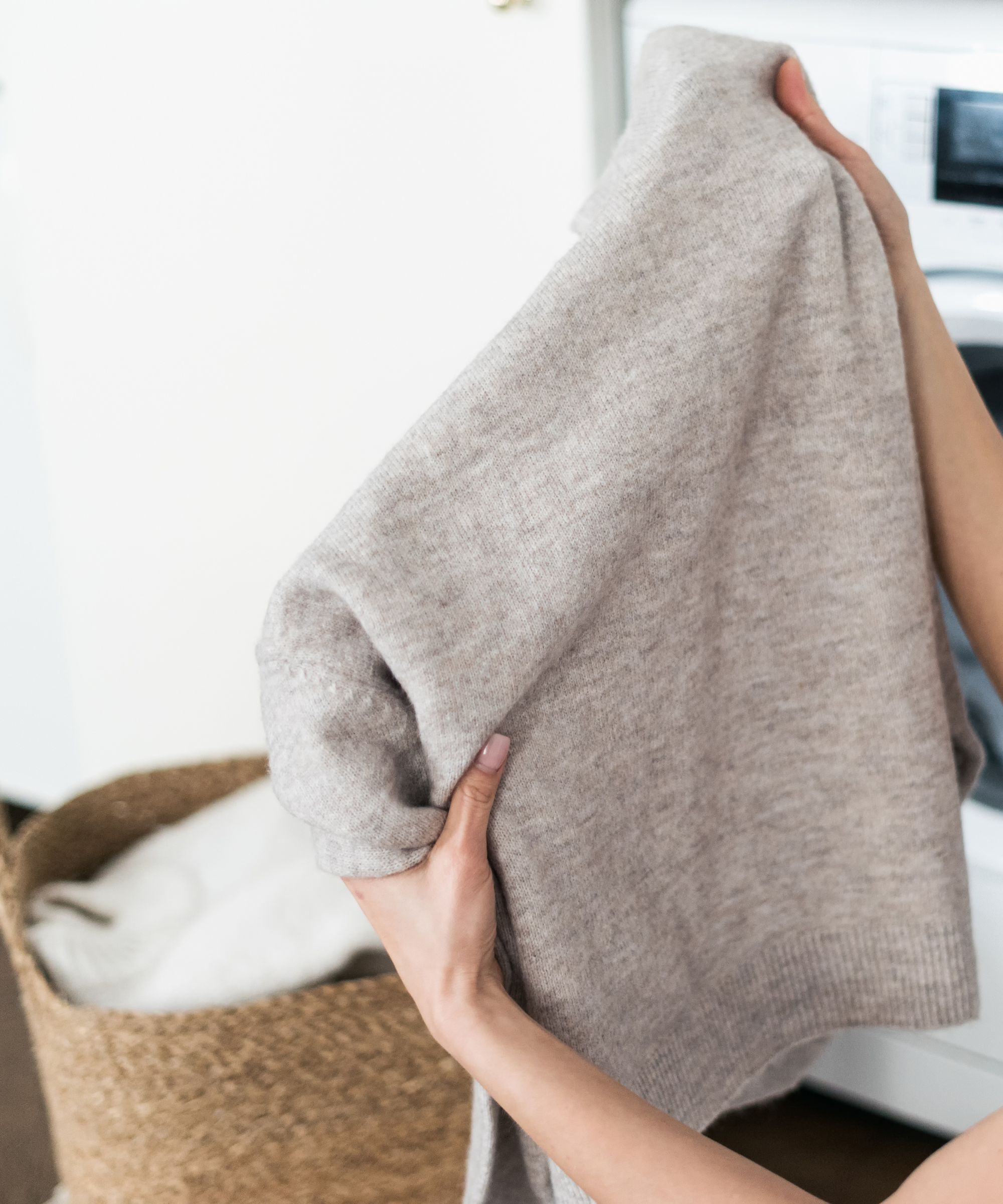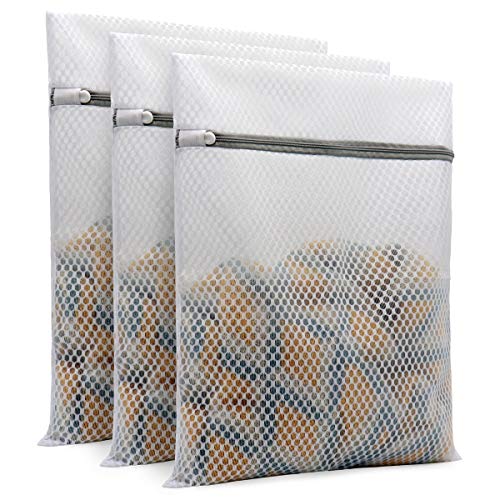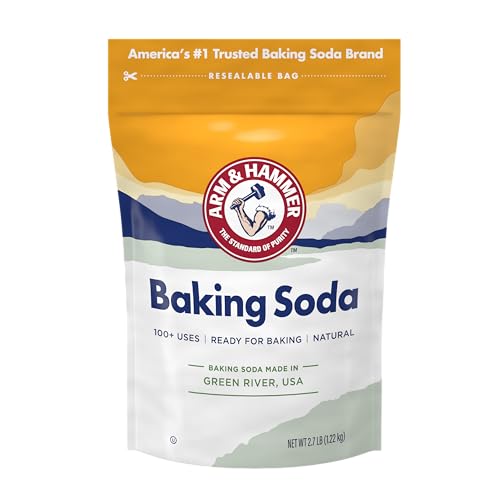
We are always on the lookout for ways to save time when doing laundry and sometimes shoving everything in one wash together can feel like the best approach. However, there are some things you should never wash together in the washing machine – and we are not just talking about lights and colors.
Laundry experts and fabric care pros have revealed that washing certain types of fabrics together can lead to irreversible damage and a subpar clean.
Here, they break down the six things you should never wash together, explain why, and reveal how to do laundry correctly every time.
Things you should never wash together in the washing machine
Sorting clothes for laundry by fabric, size, and color may sound like the opposite of a laundry hack to save time, but it will help to save you time on chores in the long run.
Getting laundry right from the start will prevent you from having to go out and repair or replace clothes and linens that have been damaged in the washing machine, saving you time, energy, and money in the long run.
With that in mind, these are the six pairings to avoid – even in the best washing machine.

1. Large items with loose small items
If you have ever tried to wash bed sheets with your socks, you will know the pain of having to climb into your duvet cover to retrieve all the smaller items. For this reason, Parima Ijaz, fabric care expert and founder of bedding specialists, Pure Parima suggests keeping larger items and smaller items in separate cycles.
‘Avoid washing heavy, bulky items with lighter pieces as the heavier items can absorb more of the water and detergent, and leave the lighter pieces with an improper wash,' Parima says. 'It can also swallow the small items and make it difficult to properly wash each item in the wash. Try to wash items of similar size and fabric so they all get a fair chance to be washed properly.’
If you do have to wash smaller and larger items together for time's sake, try putting smaller items together in a mesh bag to keep them together in the washer.

These heavy duty Honeycomb mesh laundry bags are specially designed to wash delicate clothes without wear and tear in washing machines and dryers.
2. Natural and synthetic fibers
Washing and caring for cotton, linen, and wool requires a lot more effort (and often specialized products) than caring for synthetic fibers such as polyester. Because of this, Vanessa Terra Bossart, professional cleaner and founder of Green Terra Cleaning, recommends washing them separately.
She says, ‘Mixing them can result in lint transfer, damage to the fibers, or uneven drying. Separate natural and synthetic fabrics to ensure each is washed and dried under the appropriate conditions, checking the laundry symbols on the care tag for details.'
3. Hardware with delicates
A common laundry mistake is failing to take into account the hardware details on your garments. Paying attention to the type of fabric is all well and good, but if a sturdy zipper meets with a lace detail top in the washer, you are in for a bad time.
Parima Ijaz, fabric care expert, says, ‘Keep items with zippers and buttons away from delicate linens like luxury sheets, lingerie, and anything you want to take extra care of. These metal pieces can get caught on lighter items and even tear apart certain fabrics depending on the delicacy. If you really have to wash them together, zipper and button up all items and turn them inside out to keep them from causing abrasion.’
4. Towels and bedding
Washing towels and bedding together is a gray area. Parima explains, ‘Towels and bedding can be washed together, but it’s not recommended as towels are a bit rougher and delicate sheets can be damaged over time through stripping, pilling, and fraying.’
As such, consider washing them on separate cycles to keep them looking their best for longer. This way, you can also wash towels with vinegar to keep them fluffy and naturally strip away any fabric softener build-up that's compromising their absorbency and softness.
5. Gym clothes with regular clothes
Jade Piper, cleaning expert and operations manager at BetterCleans says, ‘Gym clothes, often very sweaty, can transfer odors and bacteria to regular clothes.’
To avoid odor residues and make your laundry smell better, wash gym clothes on a separate cycle without fabric softener to protect the specialized material and moisture-wicking properties. Consider using a specialized detergent, such as Tide Plus Fabreeze Sport Odor Defence, at Walmart, for fresh-smelling results every time.
When head of solved at H&G, Punteha van Terheyden is crunched for time and has to combine these two things together in one wash, she pre-soaks any gym kit in cold water, one cup vinegar and one cup baking soda. She says, 'I leave it submerged for 30-60 minutes then wash together. This natural mix eliminates bacteria and odors, and means I can combine my loads in a crunch.'

Punteha uses Arm & Hammer baking soda to deodorize gym kit before washing, sprinkles it on sofas and carpets before vacuuming and in other cleaning jobs around the home.
6. New clothes with old
While the answer to 'should you wash new clothes and linens' is a straight-up yes, it is important to separate them from our older clothes for that first wash, says Jade Piper, cleaning expert. ‘New colored garments might bleed dye, staining older clothes,’ she warns.
If you have to wash them in the same cycle to make up a full load and save money on laundry, consider adding a color catcher sheet, such as Shout color catchers at Walmart, to be safe and avoid having to get pink out of white clothes in the future.
Some items are 'pre-washed', such as Levi denim, meaning it's done it's shrinking and fabric color bleeding before it even hit the shops, but just to be safe, give all your new garments a solo wash.
Parima Ijaz, fabric care expert, concludes, ‘Overall, it’s best to keep your loads separated by category, color, and fabric as much as possible to increase longevity of each item. However, as humans, we strive to make our daily tasks as easy, quick, and convenient as possible so just be sure to check the labels and ensure you are following the care instructions of each of your products.'
Next, learn what temperature to wash dark clothes on and whether you should wash whites in hot or cold water.







